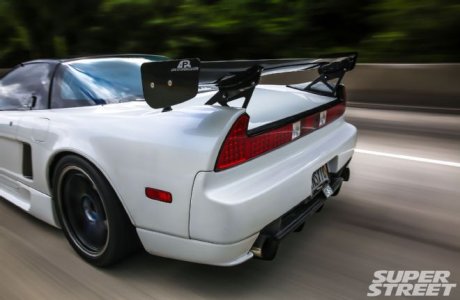- Joined
- 4 December 2011
- Messages
- 223
http://acuraconnected.com/2015/06/16/nsx-prototype-sighting-at-the-nurburgring/
this was posted as in the photo suggest that this run or testing was just being tested recently and with comparison with other supercar? Anybody have info on this?
this was posted as in the photo suggest that this run or testing was just being tested recently and with comparison with other supercar? Anybody have info on this?







